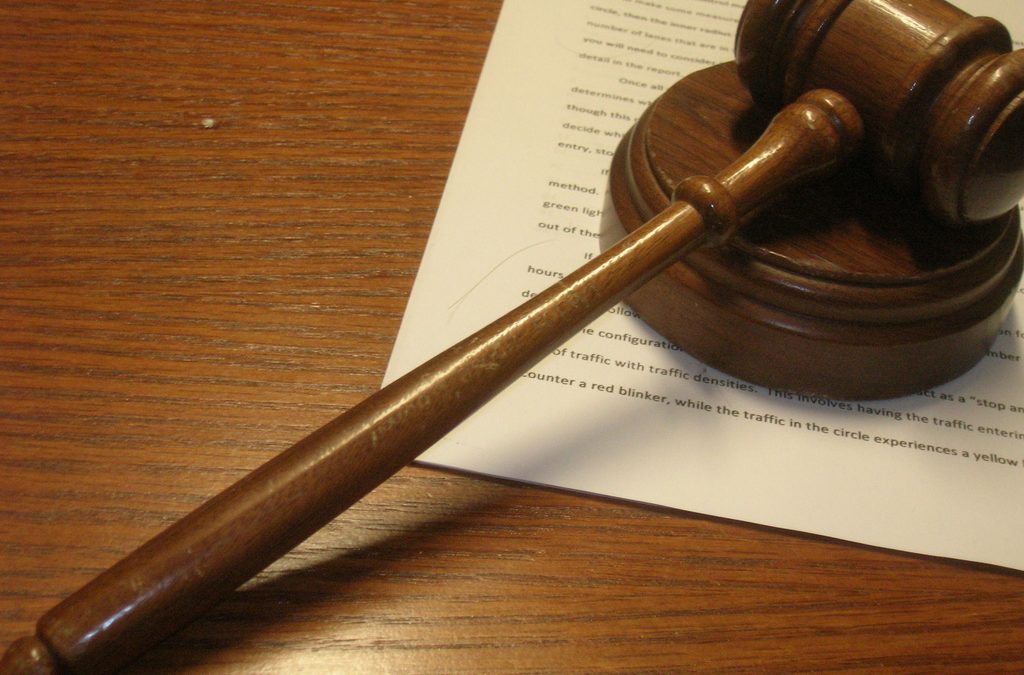
Litigation Part I – Pre-issue
November 13, 2012
Red Pen at the Ready: Assessment 2 and 3 – Legal Writing and Drafting
November 20, 2012By now you are probably starting to get further into the details of the various subject areas, including one of Helen’s favourites, Criminal Litigation. Whilst Criminal Advocacy was probably slightly more enjoyable – after all, who doesn’t enjoy a cross-examination that has gone well? – it was the Litigation module that provided the framework and safeguard against an accidental ‘red-flag’ error in the Advocacy exam. With that in mind, this week is a quick canter through what is and is not hearsay.
Emily found that identifying hearsay seemed as though it should be obvious at first, but actually applying the test to specific scenarios took a while to get the hang of. But once you have got the hang of the test, it really is simple.
You really do need to get your head into your practitioner text of choice (either Blackstone’s or Archbold) to understand the detail here, but broadly speaking you need to remember to systematically ask four questions (all four must be met in order to have hearsay – if it fails one of them, it is not hearsay):
- Is it a statement or is it real evidence? Section 115 of the Criminal Justice Act 2003 defines a statement as being ‘a representation of fact or opinion made by a person by whatever means.’ If you are only relying on the fact that something exists, rather the contents of it, then it is real evidence, and therefore not hearsay.
- Was the statement made outside of court proceedings? Phrased more properly as per section 114, was it made other than in oral evidence in criminal proceedings? For example, a phrase spoken during a fight in the home – this is not a statement made in court (unless it is repeated in the witness box). If it was made outside of court proceedings, move to question 3…
- What was the purpose of the statement maker? Did they intend another person to believe it, to act upon it, or to cause a machine to do the same? If not, the statement is not hearsay. The classic example here is that of a diary, as very few people commit their thoughts to paper intending them to be read later. You need to put yourself in the shoes of the person making the statement, and figure out exactly why they were saying it at the time they said it. They must have been trying to cause someone to believe it, or to act on it (e.g. by calling the police) for it to satisfy this aspect of the test.
- Finally, and this was the one that Helen found caused the most problems in class, is the statement being relied upon by the party seeking to include it in evidence as proof of the truth of its contents? This must be the case for it to be hearsay – if they are not trying to prove the truth of the statement, then it is not hearsay. An example used in class was of a witness hearing a domestic dispute next door. Towards the end of what is evidently a very heated argument, the witness hears someone shout ‘put the knife down’. Needless to say, blue lights and sirens follow shortly thereafter. The question, though, is whether the overheard statement is hearsay or not. If either side attempt to rely on it as proof that a knife was being wielded, then it is hearsay. If, however, they only use it as proof that someone was shouting, then it is not hearsay. The difference is subtle, but important, so don’t get caught out!
Identifying what is and is not hearsay is only the first step. If it is hearsay, there are still a number of exceptions which can allow its inclusion in criminal proceedings. They, however, are a (rather large) topic in their own right.





